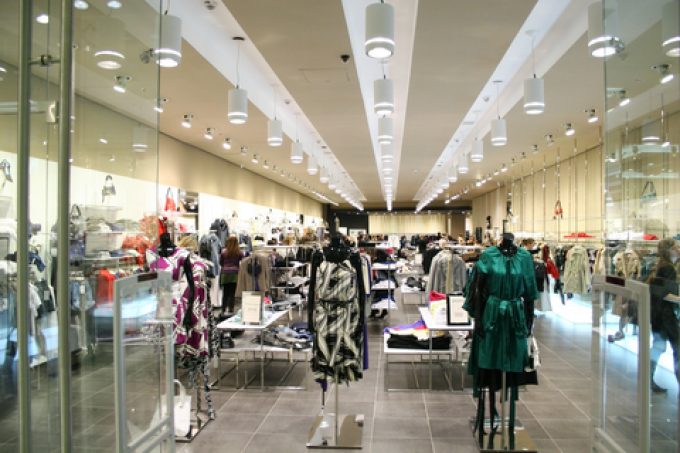Lidl-owned Tailwind targets apparel shippers on its China-Europe services
German retailer Lidl’s in-house box shipping arm, Tailwind Shipping Lines, has announced a change to ...

Hong Kong start-up Peeba wants to transform Asia’s “antiquated” B2B wholesale retail market with digital logistics solutions.
Peeba launched its online B2B marketplace during the Covid-lockdowns in 2020, when retailers were unable to attend tradeshows and in-person meetings to source new products.
Even without the pandemic, the company said, relying on face-to-face meetings was “slow and arduous” and it created its B2B wholesale platform to “connect unique brands from around the world with independent retailers across Asia Pacific”.
By April this year, when ...
'Disastrous' DSV-Schenker merger would 'disrupt European haulage market'
New senior management for DSV as it readies for DB Schenker takeover
Volumes set to 'fall off a cliff' as US firms hit the brakes on sourcing and bookings
Asian exporters scramble for ships and boxes to beat 90-day tariff pause
Amazon pushes into LTL for small package fulfilment and UPS does a u-turn
Temporary tariff relief brings on early transpacific peak season
Pre-tariff rush of goods from US to China sees air rates soar, but not for long
Forwarders 'allowing the fox into the chicken run' by supporting 'hungry' carriers

Comment on this article